Some health fads come and go — the Atkins diet with its intense focus on protein has largely been debunked, and the myth of fat-free foods is no longer in fashion. However, there are certain foods that will never fall out of favor because they’re so vital to our well-being that we know instinctually that they’re healthy. Because of their phytonutrients, fruits and vegetables are perhaps at the top of this list.
We all know fruits and vegetables are good for our bodies, and we’ve all been told to eat our fruits and veggies from the time we were young. It’s worth investigating why fruits and vegetables are healthy and what exactly they do for our bodies. Having a deeper understanding of how plants benefit your body will not only help you make wiser decisions about what you eat, but will also provide a greater motivation for you to listen to that age-old advice from your parents.
Luckily, you don’t have to have a science degree to understand why plants are helpful for our bodies. The gist is that plants contain a variety of essential nutrients that are necessary for keeping us alive — things like protein, vitamins and minerals — and they also contain other substances called “phytonutrients or phytochemicals” that keep us not just alive but healthy. Plants carry these substances for their own protection and well-being; phytochemicals help them thrive, compete with other plants, and thwart predators and disease. When our bodies digest plants, these same chemicals benefit you in many of the same ways.
There are many different kinds of phytochemicals — around 100,000 of them, to be precise. Each plant carries its own set, and they help you with everything from keeping your skin and organs healthy to preventing aging and reversing cell damage. It’s rather impossible to cover all the different types and subtypes of this huge group of substances, so we’ll just focus on some of the main ones contained in common food plants.
One of the main types of phytonutrient is called flavonoids. These are found in colorful vegetables as well as onions, leeks, red wine and dark chocolate. Flavonoids are valued for their ability to prevent a variety of diseases, including cardiovascular disease. They’re found in all types of fruits and vegetables. Apricots, apples, broccoli, cherry tomatoes, and cranberries are all rich in flavonoids. One type of flavonoid is called anthocyanin; it’s abundant in blueberries, broccoli and kale, and may prevent cancer, diabetes and other diseases. Other types of phytochemicals include phenolic acids, lignans, and carotenoids. There is some overlap among these groups, since these chemicals can be categorized in different ways depending on a variety of factors.
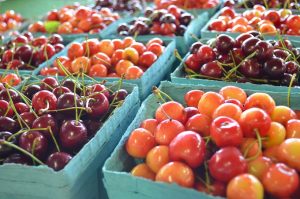 There’s one major category of phytonutrient that you’ve probably heard of: antioxidants. Any one of the chemicals from the groups described above can also be an antioxidant; anthocyanin, for example, is an antioxidant as well as a flavonoid. Antioxidants have gained a lot of attention recently because they have such a wide range of benefits for the body. They protect the body’s cells from molecules known as free radicals, which damage cells and can speed up aging. Free radicals attack blood vessels and can cause a variety of harmful conditions. Antioxidants are the best protection against these dangerous substances. Antioxidants also prevent Alzheimer’s disease, arthritis and macular degeneration. Fresh fruits and vegetables, tea and wine are all high in antioxidants. Every antioxidant has its own benefit, and you’ll find different ones in different plants. For example, foods like mangoes, carrots, pumpkins and spinach contain a type of antioxidant called beta-carotene, which is healthy for the eyes, skin and immune system. Beta-carotene reverses cell damage and leads to the essential nutrient Vitamin A. Another antioxidant called lycopene is provided by tomatoes, grapefruits and watermelons, while grapes, berries and peanuts have reservatrol. Both lycopene and reservatrol help prevent cancer and cardiovascular disease. Citrus fruits contain two phytonutrients, a carotenoid, and a flavonoid, which may also prevent cancer.
There’s one major category of phytonutrient that you’ve probably heard of: antioxidants. Any one of the chemicals from the groups described above can also be an antioxidant; anthocyanin, for example, is an antioxidant as well as a flavonoid. Antioxidants have gained a lot of attention recently because they have such a wide range of benefits for the body. They protect the body’s cells from molecules known as free radicals, which damage cells and can speed up aging. Free radicals attack blood vessels and can cause a variety of harmful conditions. Antioxidants are the best protection against these dangerous substances. Antioxidants also prevent Alzheimer’s disease, arthritis and macular degeneration. Fresh fruits and vegetables, tea and wine are all high in antioxidants. Every antioxidant has its own benefit, and you’ll find different ones in different plants. For example, foods like mangoes, carrots, pumpkins and spinach contain a type of antioxidant called beta-carotene, which is healthy for the eyes, skin and immune system. Beta-carotene reverses cell damage and leads to the essential nutrient Vitamin A. Another antioxidant called lycopene is provided by tomatoes, grapefruits and watermelons, while grapes, berries and peanuts have reservatrol. Both lycopene and reservatrol help prevent cancer and cardiovascular disease. Citrus fruits contain two phytonutrients, a carotenoid, and a flavonoid, which may also prevent cancer.
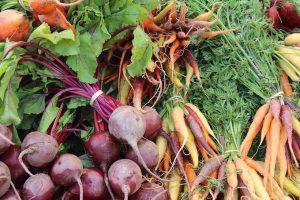 Another category of phytochemical is called phytosterol. Phytosterols help reduce cholesterol levels in the blood, in addition to preventing the development of prostate cancer. They’re found in most vegetables and fruits to some degree, but are highly perishable and vulnerable to cooking and processing. Raw foods contain phytosterols in abundance, especially rice or oat bran, whole wheat, legumes, nuts and seeds. Other foods confer other benefits based on the specific phytonutrients they contain. For example, soy-derived foods like soybeans and tofu contain isoflavones, which reduce blood pressure. Garlic, onions, leeks and scallions contain thiols and sulfides, which help lower cholesterol. Cruciferous vegetables like broccoli and kale contain isothiocyanates, which are another antioxidant.
Another category of phytochemical is called phytosterol. Phytosterols help reduce cholesterol levels in the blood, in addition to preventing the development of prostate cancer. They’re found in most vegetables and fruits to some degree, but are highly perishable and vulnerable to cooking and processing. Raw foods contain phytosterols in abundance, especially rice or oat bran, whole wheat, legumes, nuts and seeds. Other foods confer other benefits based on the specific phytonutrients they contain. For example, soy-derived foods like soybeans and tofu contain isoflavones, which reduce blood pressure. Garlic, onions, leeks and scallions contain thiols and sulfides, which help lower cholesterol. Cruciferous vegetables like broccoli and kale contain isothiocyanates, which are another antioxidant.



 There’s one major category of phytonutrient that you’ve probably heard of: antioxidants. Any one of the chemicals from the groups described above can also be an antioxidant; anthocyanin, for example, is an antioxidant as well as a flavonoid. Antioxidants have gained a lot of attention recently because they have such a wide range of benefits for the body. They protect the body’s cells from molecules known as free radicals, which damage cells and can speed up aging. Free radicals attack blood vessels and can cause a variety of harmful conditions. Antioxidants are the best protection against these dangerous substances. Antioxidants also prevent Alzheimer’s disease, arthritis and macular degeneration. Fresh fruits and vegetables, tea and wine are all high in antioxidants. Every antioxidant has its own benefit, and you’ll find different ones in different plants. For example, foods like mangoes, carrots, pumpkins and spinach contain a type of antioxidant called beta-carotene, which
There’s one major category of phytonutrient that you’ve probably heard of: antioxidants. Any one of the chemicals from the groups described above can also be an antioxidant; anthocyanin, for example, is an antioxidant as well as a flavonoid. Antioxidants have gained a lot of attention recently because they have such a wide range of benefits for the body. They protect the body’s cells from molecules known as free radicals, which damage cells and can speed up aging. Free radicals attack blood vessels and can cause a variety of harmful conditions. Antioxidants are the best protection against these dangerous substances. Antioxidants also prevent Alzheimer’s disease, arthritis and macular degeneration. Fresh fruits and vegetables, tea and wine are all high in antioxidants. Every antioxidant has its own benefit, and you’ll find different ones in different plants. For example, foods like mangoes, carrots, pumpkins and spinach contain a type of antioxidant called beta-carotene, which  Another category of phytochemical is called phytosterol. Phytosterols help reduce cholesterol levels in the blood, in addition to preventing the development of prostate cancer. They’re found in most vegetables and fruits to some degree, but are highly perishable and vulnerable to cooking and processing. Raw foods contain phytosterols in abundance, especially rice or oat bran, whole wheat, legumes, nuts and seeds. Other foods confer other benefits based on the specific phytonutrients they contain. For example, soy-derived foods like soybeans and tofu contain isoflavones, which reduce blood pressure. Garlic, onions, leeks and scallions contain thiols and sulfides, which help lower cholesterol. Cruciferous vegetables like broccoli and kale contain isothiocyanates, which are another antioxidant.
Another category of phytochemical is called phytosterol. Phytosterols help reduce cholesterol levels in the blood, in addition to preventing the development of prostate cancer. They’re found in most vegetables and fruits to some degree, but are highly perishable and vulnerable to cooking and processing. Raw foods contain phytosterols in abundance, especially rice or oat bran, whole wheat, legumes, nuts and seeds. Other foods confer other benefits based on the specific phytonutrients they contain. For example, soy-derived foods like soybeans and tofu contain isoflavones, which reduce blood pressure. Garlic, onions, leeks and scallions contain thiols and sulfides, which help lower cholesterol. Cruciferous vegetables like broccoli and kale contain isothiocyanates, which are another antioxidant.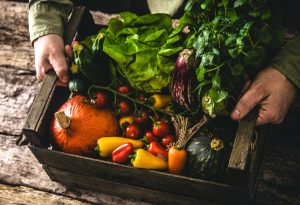
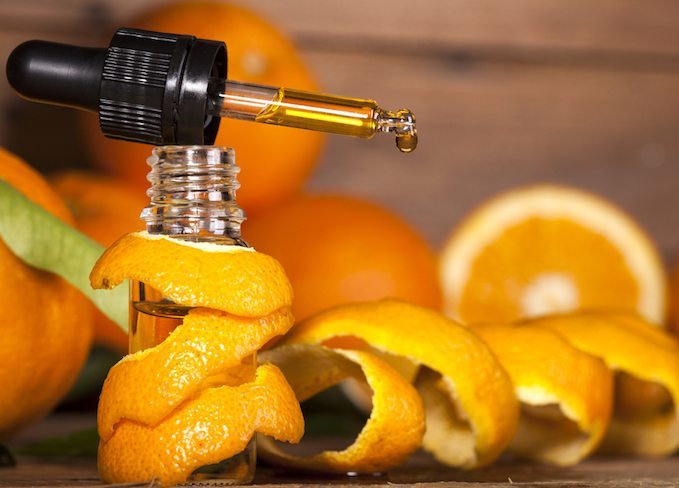
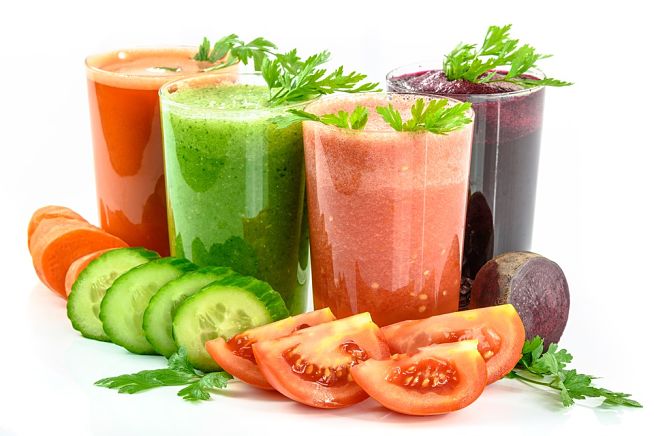
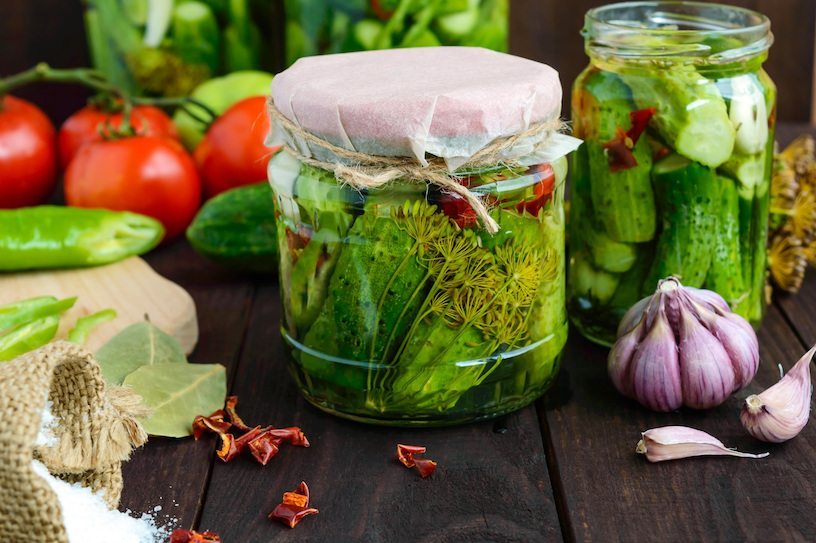
Add A Comment